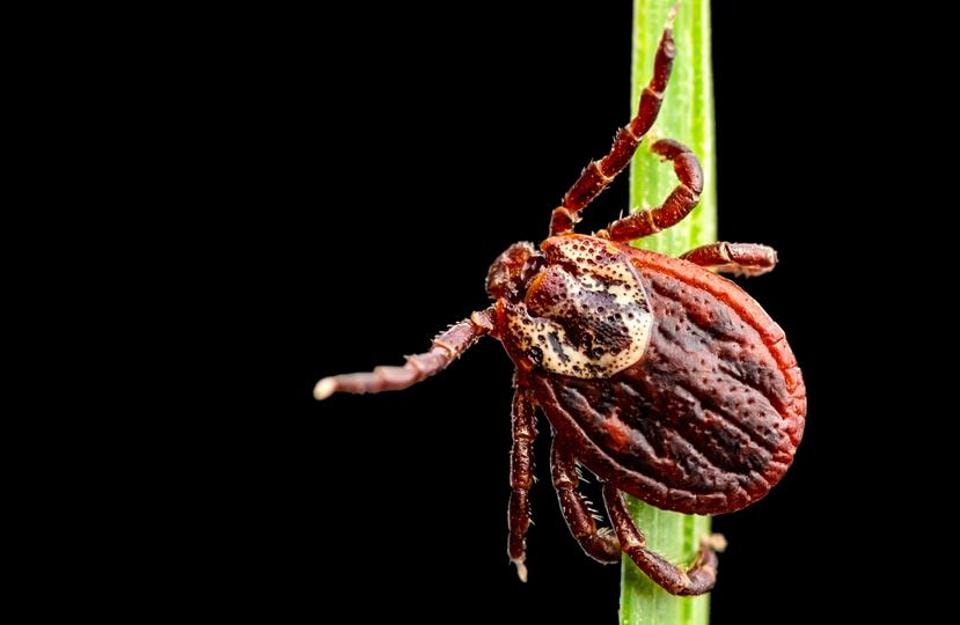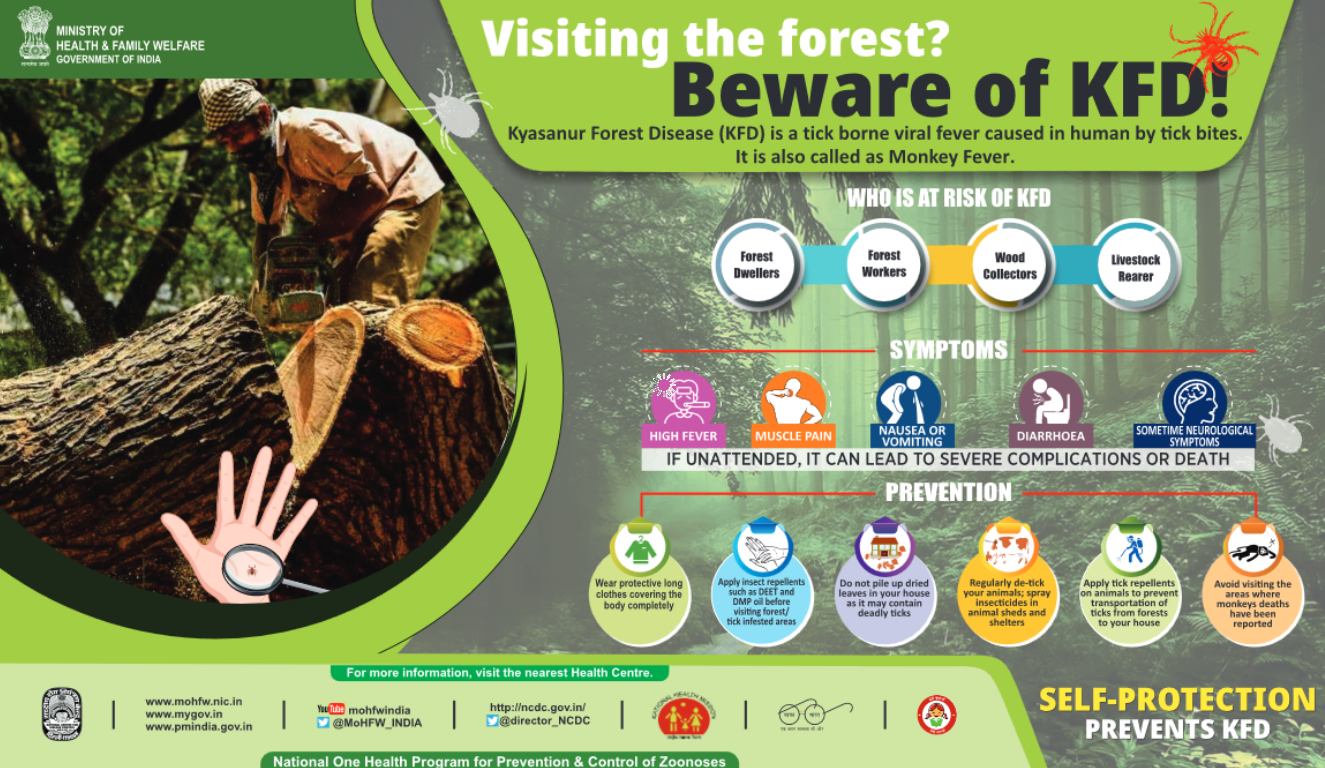Understanding Kyasanur Forest Disease (KFD): A Lethal Threat in Karnataka
As Karnataka grapples with the devastating impact of Kyasanur Forest Disease (KFD), also known as monkey fever, the recent death of a five-year-old girl in Udupi district serves as a grim reminder of the urgency to address this viral infection. With the toll rising to nine and cases increasing in Malnad’s districts, including Shivamogga, Uttara Kannada, and Chikkamagaluru, it's evident that immediate action is necessary to contain its spread.
Encephalitis Virus or Lyme Borreliosis Disease or Monkey Fever Infectious Dermacentor Tick Arachnid Insect(PICTURE FOR REPRESENTATIONAL PURPOSES ONLY)(Image Source: Hindustan Times)
ALSO READ: Protecting Little Lungs: Understanding and Preventing Toddler Asthma
What is KFD, and why is it a cause for concern?
First identified in 1956 in the Kyasanur Forest area of Shivamogga district, KFD gets its name from its place of origin. Spread through ticks, the disease not only affects humans but also poses a threat to primates, serving as a warning sign when a monkey succumbs to the virus.
Environmental changes have triggered its activation, leading to its peak transmission period from late November to June, with December to March being particularly high-risk months.
The symptoms of KFD typically manifest three to eight days after a tick bite, starting with fever, red eyes, severe headache, and body pain. Gastrointestinal symptoms may follow, and in severe cases, bleeding from the nose can occur.
While there is no specific treatment for KFD, doctors focus on managing symptoms and monitoring patients closely.
Prevention
Prevention remains the best approach to combatting KFD. The forest department is distributing DEPA oil, a tick repellent, to families venturing into forest areas, offering crucial protection against tick bites. Additionally, the government has pledged free treatment for patients, underscoring the importance of accessible healthcare in managing the disease.
(Image Source: Vikaspedia)
ALSO READ: The Mysteries of Multiple Sclerosis: Early Detection Holds Key to Better Outcomes
Efforts to develop a vaccine have faced challenges, with studies revealing limited efficacy. However, the Indian Council of Medical Research (ICMR) is collaborating with Indian Immunologicals to explore vaccine development further, offering hope for future prevention strategies.
The recent surge in KFD cases underscores the need for heightened vigilance and proactive measures to safeguard public health. By raising awareness, implementing preventive measures, and investing in research and healthcare infrastructure, we can confront the threat of KFD and mitigate its impact on communities across Karnataka.
ALSO READ: The Ice bath Debate



Comments
Post a Comment